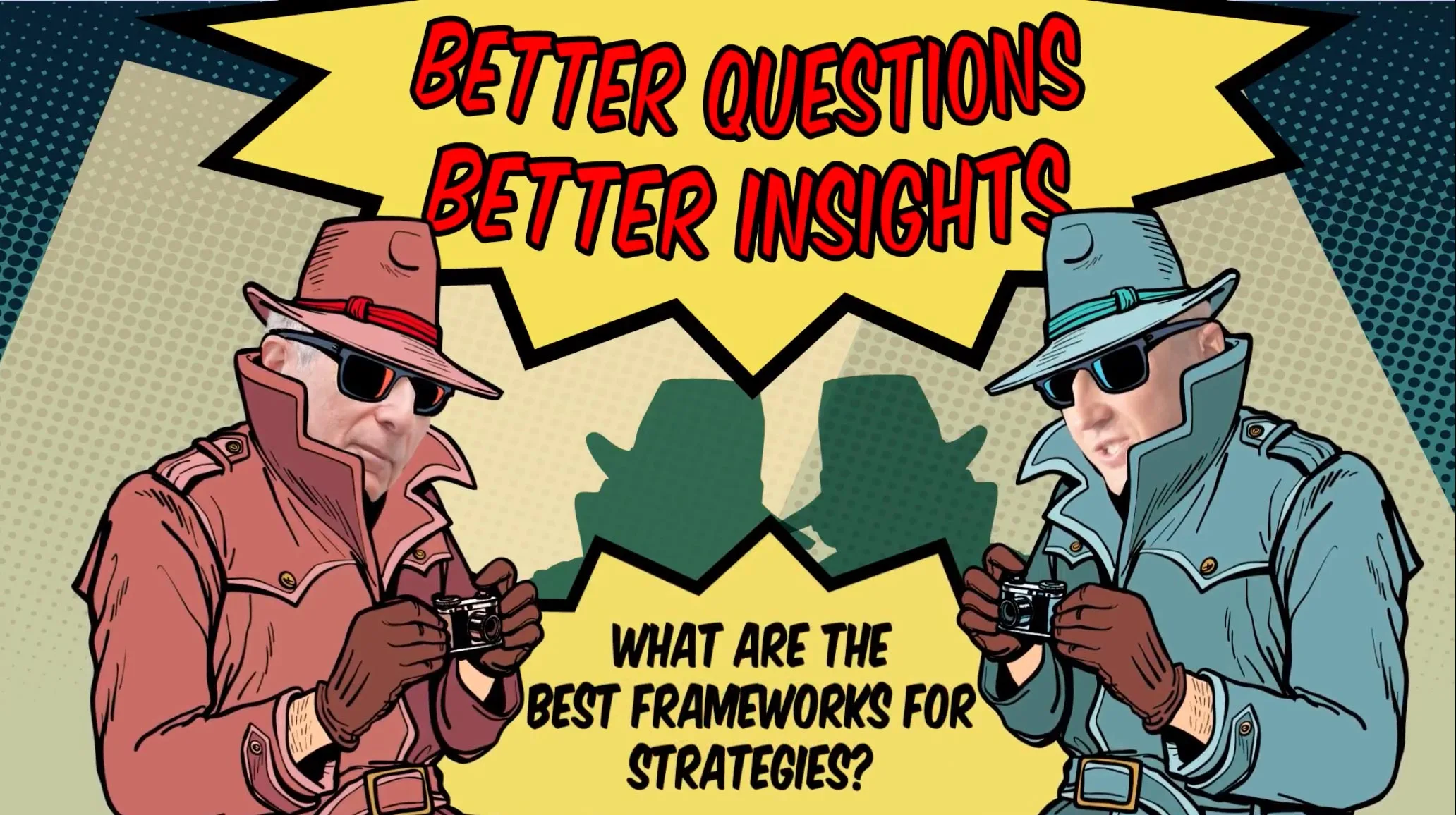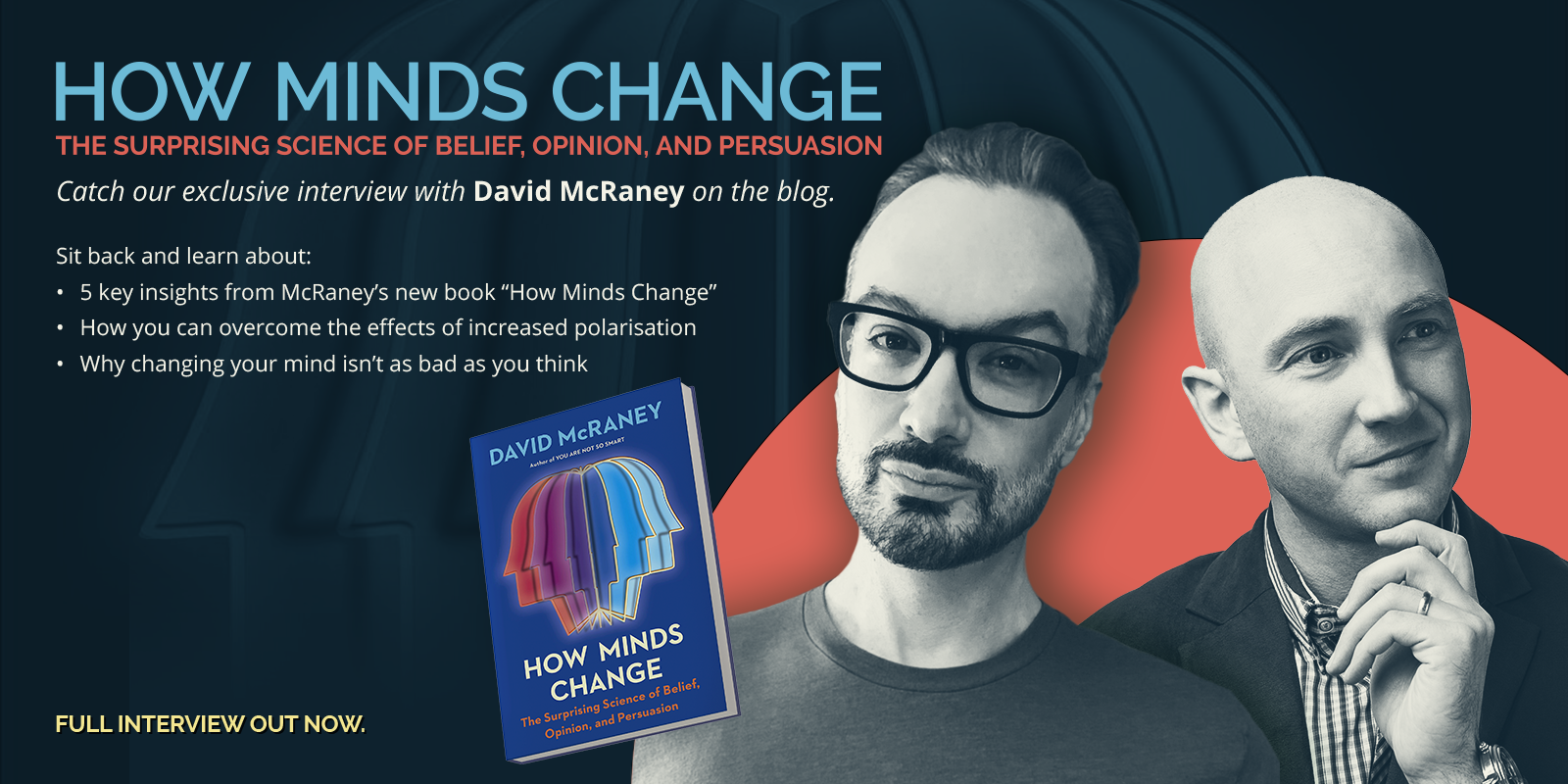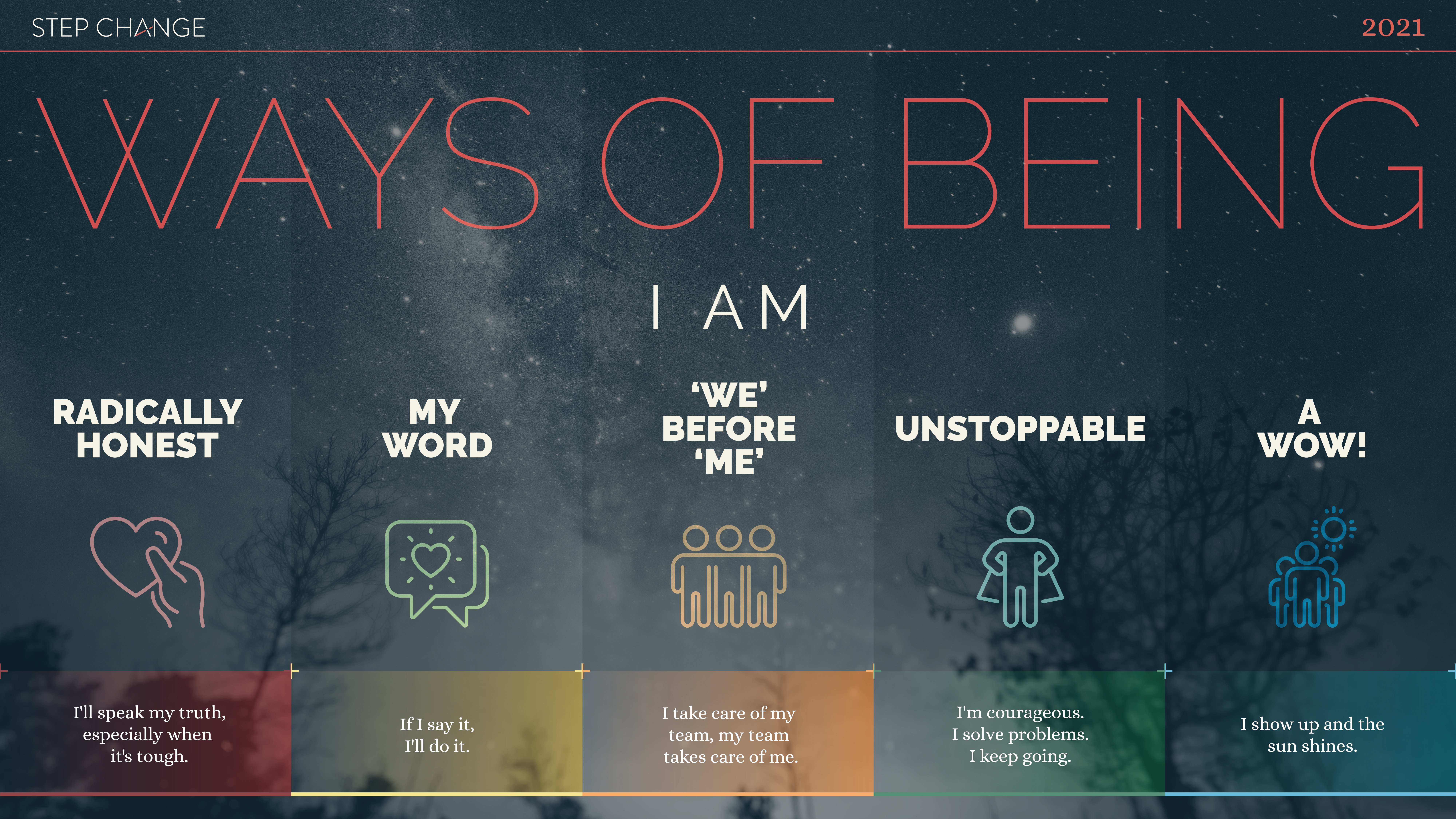Why are there no more Blockbuster chains? No more Borders book stores? Why did Kodak declare bankruptcy in 2012? When disruption hit, innovation took too long. We call this Innovation Lag.
In 2015, John Chambers predicted that 40% of the Fortune 500 companies would not exist in ten years’ time. We are living in an age full of unprecedented disruption where every industry is predicted to be disrupted in the next 10 to 15 years.
So how can you manage disruption as a business owner?
Disruption in Technology
Virtual reality, augmented reality, artificial intelligence, Meta glasses, and 3D printing — all these technologies are challenging businesses to think about what their industries will look like in the next ten years.
Innovations that seem disruptive are only disruptions because of the trajectory they follow — from the fringe to the mainstream. Watching and accessing films online was available since the 90s; overtime, Netflix was able to bring it into the mainstream, disrupting all DVD rental companies.
Virtual reality was a medium first explored in 1960 but has only recently entered the mainstream, with companies like Samsung now selling Virtual Reality Headsets and the use of the Oculus Rift in gaming. Larger companies like auctioneer Sotheby’s are also integrating this technology into their business model. Now, their busy and wealthy clientele can attend house tours right in the comfort of their homes — making the process of selling real estate, faster, simpler, and more convenient.
Disruption in Business Models
Stepping away from technology, disruption can occur in the way businesses manage their hiring, systems, and operations.
Many businesses are aware of the ‘fickleness’ of Gen Y, and they are also aware of the need to attract talent. So to attract top Gen Y employees, these businesses ensure that the company structure, the opportunities, and the methodology employed can attract and retain them.
Google’s innovative hiring methods mean they attract A-grade people, those who aren’t only intelligent but are also driven by a purpose. Their 20% rule (where 80% of an employee’s time is spent on their current project and the other 20% spent on whatever they choose to spend it on) means Google’s employees are constantly learning as they giving them new perspectives and insights. As a result, Google can stay on top of trends and innovate new products and processes.
Gone are standard protocols in large companies. With tech giants like Google, Facebook, and Atlassian leading the field, business models are adapting and becoming more creative. Zappos is no longer outsourcing parts of their business for cheapness and convenience but are creating their products in-house. This gives them creative control over the quality and the way the products are made.
The iPhone’s success was partially attributed to the App Store, a facilitated network connecting application developers with phone users. This opened up a new market for developers and a new incentive for purchasing their product. Consumers are now able to access the latest apps and games, and developers are able to create apps and get commission.
Dealing with Disruption
When faced with new technologies or business models, managers are faced with a strategic choice between avoiding the disruption, being the disruption, or bridging the disruption.
Avoid the Disruption
This means either going premium or using avoidance as your strategic positioning. An example of where avoidance was successful is how Moleskine still sells high-quality, luxury notebooks even when faced with the trend with mobile phones and the rise of digital documents.
Being the Disruption
This means you’re the one bringing the disruption into your industry. There are countless examples of this, so common they’re hardly worth a mention – Uber, AirBnB, Airtasker and the list goes on.
Bridge the Disruption
This means a company has found a way for the new disruption and their existing model to coexist. This gives the customer ease because there are elements they recognise and are comfortable with while being able to enjoy the benefits that disruption typically offers. For example, Bond.co composes your notes patterned after your handwriting within seconds using a robot.
Conclusion
As a business owner facing disruption, it’s always a great idea to reconsider your strategy, plan how you will manage your business’s future trajectory, and anticipate how disruption will impact your plans.
So here’s your challenge for today: Have a look around your industry and assess any new entrants that are bringing in processes that could disrupt your business. It’s time to anticipate the implications that they might have on your business in the future and plan your response.
Editor's note: This blog post first appeared in The Executive Connection blog.
















